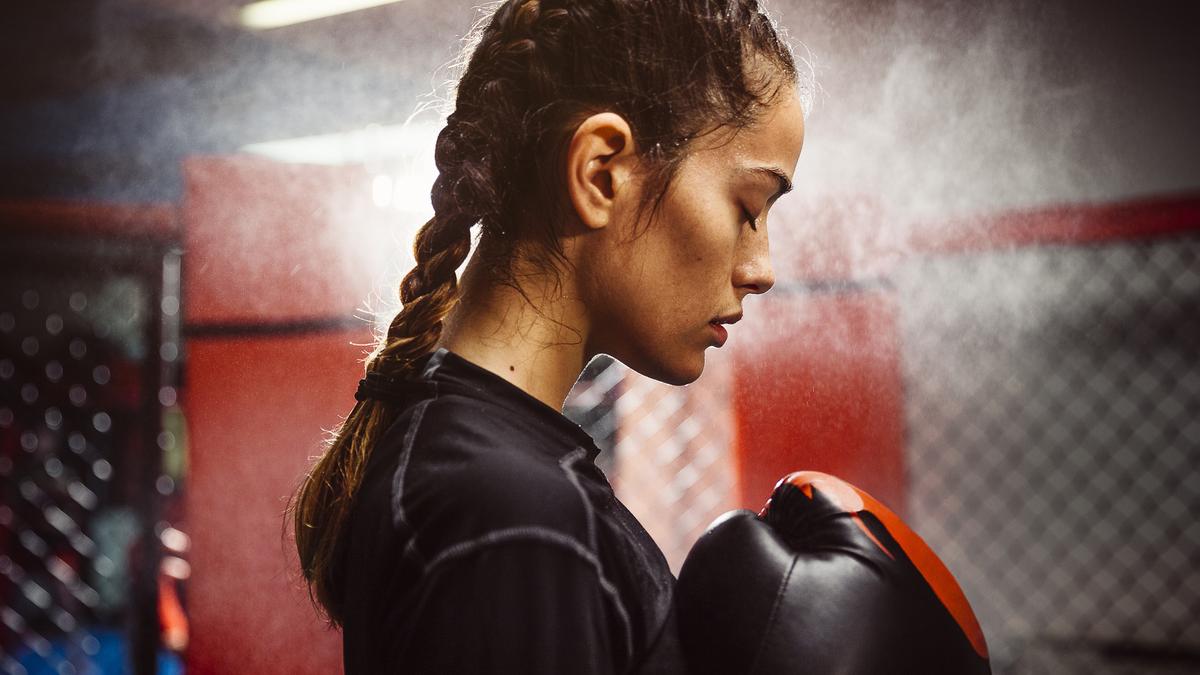
Broken bones and teacups | Review of 2024 Booker Prize-longlisted ‘Headshot’ by Rita Bullwinkel
The Hindu
Women athletes have fought in the boxing ring for long, whether they are written about or not. This story is a portrait of a junior boxing tournament spotlighting eight teenage girls from different backgrounds.
In books and popular culture, boxing has often been celebrated as an ode to masculinity. From iconic lines like “float like a butterfly, sting like a bee”, used by Muhammad Ali, to Martin Scorsese’s 1980 film Raging Bull and Mark Knopfler’s song, ‘Broken Bones’, boxing is considered a preserve of the male.
But women — Elizabeth Wilkinson was one of the best boxers of Victorian England in the 18th century — have fought in the ring for long, whether they are written about or not. In contemporary times, boxers like India’s Mary Kom have become well-known names.
One story, with a female boxer protagonist, which gained popularity thanks to a movie, is F.X. Toole’s ‘Million $$$ Baby’, from his collection, Rope Burns: Stories from the Corner (2000). In it, a seasoned trainer, Frankie Dunn, faces perhaps his life’s most difficult challenge when he decides to extend a hand to waitress Maggie Fitzgerald’s quest to become a champion boxer. More recently, Carmel Winters’ 2018 film, Float Like a Butterfly, struck a chord with its story of 15-year-old Frances who idolises Muhammad Ali and wants to be the queen of the boxing ring.
In author Rita Bullwinkel’s debut novel, Headshot, longlisted for the 2024 Booker Prize, there are no inspiring trainers. But the eight feisty girls, finalists at the 12th annual Women’s 18 and Under, Daughters of America Cup, who converge on Reno in the middle of the American heartland from all across the United States, have the reader’s heart.
There’s Artemis Victor, from a family of boxers; her first-round opponent is Andi Taylor, a lifeguard at a community pool and struggling to stay afloat. In profiling the young boxers, Bullwinkel also holds a mirror to their social, economic and cultural backgrounds and why they fight the way they do.
The girls carry the scars of their lives into their bouts. Rachel Doricko, for instance, is from San Diego, and as a child, watched her home being burnt down in a wild fire. Besides boxing, she runs in the woods as a coping mechanism. The cousins, Izzy Lang and Iggy Lang, from Douglas, Michigan, have their personal battles, one trying to be more than her mother’s daughter, the other trying to get ahead in life with her purple-marked lip.
Rose Mueller and Tanya Maw, who hail from different places, are connected by the hand-clapping games they used to play while growing up. They don’t know they “share a clapping canon” and punch each other with “speed and precision”, without missing a beat, mirroring their childhood games. While Tanya will make a life as an actor, Rose, the eventual champion of the under-18 event, will own weight-loss marketed gyms with her husband.













